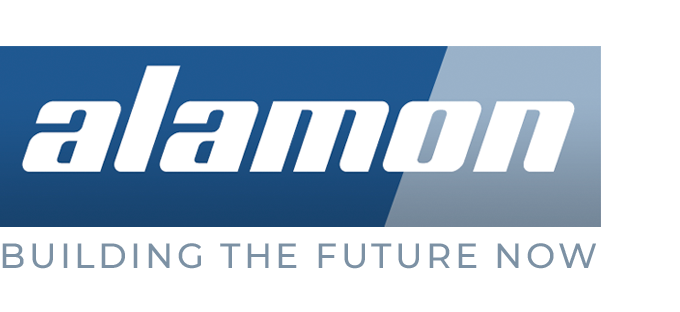Today’s business climate is driving the need for more data supported by higher-bandwidth applications sent through the enterprise local network and backbone cabling systems to data centers via the “cloud” as well as over emerging low-latency 5G and FTTX deployments in service provider networks. This is resulting in an increased use of fiber optic cabling systems, especially wherever speeds are reaching 40 and 100 Gbps and beyond or wherever there is a need for greater distance, noise immunity and security.
As network deployments become more reliant on fiber distribution systems, network owners and technicians are paying more attention to the testing of the fiber optical cable but are often confused about which type of testing they need and default to “OTDR testing” simply because they believe it’s “better”. There are two distinct types of fiber testing, Optical Loss Test Set (OLTS) and the Optical Time Domain Reflectometer (OTDR) and knowing which to choose is important when testing fiber.
- An OLTS provides the most accurate insertion loss measurement on a link by using a light source on one end and a power meter at the other to measure exactly how much light is coming out at the opposite end. It is required by both TIA 568-3.D and ISO/IEC 14763-3 standards for Tier 1 fiber optic testing for fiber testing and will yield a clear “pass/fail” result that will eliminate any doubt as to the performance of your fiber. This is also often referred to as an “attenuation test”.
- An OTDR characterizes the loss of the link for individual splices and connectors by transmitting light pulses into a fiber and measuring the amount of light reflected from each pulse. It is recommended for enhanced fiber testing per industry standards, essential for emerging short-reach single-mode applications and extremely valuable as part of a complete performance strategy but by itself is an incomplete test and yields a result, typically as a trace reading, that requires skill to interpret and understand and is best used for troubleshooting, not measuring “performance”. Testing with both an OTDR and an OLTS is referred to as “Tier 2” testing within TIA standards and “extended” testing within ISO standards.
While the measurements taken by these two instruments seem similar, they perform distinct yet important roles. Let Alamon’s fiber optic experts explains how these testers work, when to use them, and how they complement each other when it comes to ensuring the peak performance of your fiber optic networks.
About Alamon Enterprise Technical Services
Enterprise Technical Services (ETS) is a network infrastructure services provider specializing in project management, logistics and installation. We serve enterprise corporations throughout the U.S., and deliver projects as simple as possible, but as complex as necessary.

OTDR Tester
OLTS Tester



